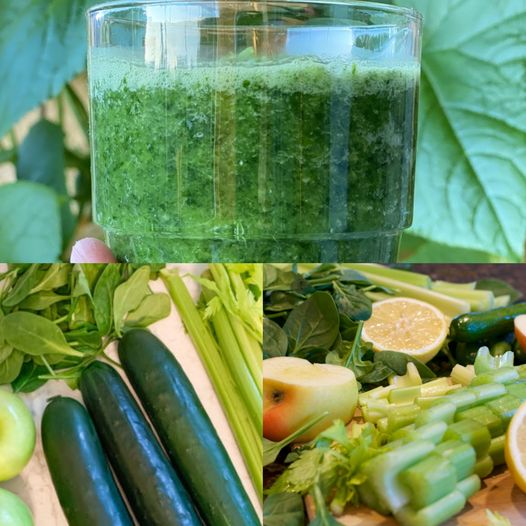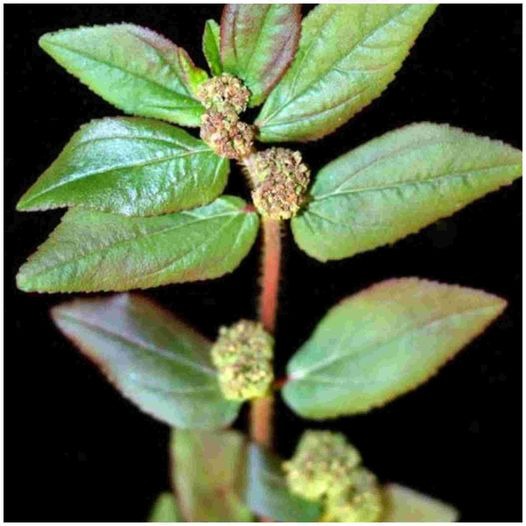Homemade Turmeric Powder: Step-by-Step Guide to Making Turmeric Powder at Home

Turmeric, often referred to as “Indian saffron,” is a golden-yellow spice with immense health benefits. Known for its anti-inflammatory properties, it’s widely used in cooking, skincare, and traditional medicine. While store-bought turmeric powder is convenient, making your own from fresh turmeric root ensures a pure, more potent product, free from additives.
In this blog post, I’ll guide you through the process of making your own turmeric powder from scratch at home.
Ingredients & Tools Required:
- Fresh turmeric roots (as many as you’d like to make into powder)
- A vegetable peeler or small knife
- A sharp knife or mandoline slicer
- A grater (optional)
- A drying method (dehydrator, oven, or sun drying)
- A blender or spice grinder
- A fine mesh sieve
- A pair of gloves (optional, to avoid staining)
Steps to Make Turmeric Powder
1. Selecting & Washing Fresh Turmeric Roots
Choose firm, fresh turmeric roots without any blemishes or soft spots. Fresh turmeric is usually available in health food stores or local markets.
- Wash thoroughly: Under cold running water, scrub the turmeric roots using a brush or your hands to remove any dirt or debris. You don’t want any impurities in the final product.
- Peel the roots: Using a vegetable peeler or knife, remove the thin skin. You can also leave the peel on, but this may slightly affect the final texture.
2. Slicing or Grating the Turmeric
Once your turmeric roots are clean, slice them into thin pieces using a sharp knife or mandoline. Thin slices will dry faster and evenly.
- Optional Grating: If you prefer, you can grate the turmeric instead of slicing. This can make the drying process quicker.
3. Drying the Turmeric
Drying is a crucial step in making turmeric powder. The goal is to remove all the moisture to prevent spoilage.
Drying Methods:
- Sun Drying: Lay the turmeric slices on a large tray or cloth, ensuring they are evenly spaced. Place them in a sunny, dry area, ideally in a well-ventilated spot. It may take several days, depending on the weather. Remember to cover them with a thin cloth to prevent dust and insects.
- Using a Dehydrator: Spread the turmeric slices on the dehydrator tray. Set the temperature to 120°F (50°C) and let them dry for 4-8 hours, checking every so often.
- Oven Drying: Spread the turmeric evenly on a baking sheet lined with parchment paper. Set your oven to its lowest temperature (usually 140°F or 60°C) and dry for 4-6 hours. Keep the oven door slightly ajar to allow moisture to escape.
4. Grinding the Turmeric
Once the turmeric slices are completely dry and brittle, it’s time to turn them into powder.
- Grind the dried turmeric: Use a high-speed blender, spice grinder, or coffee grinder to grind the turmeric into a fine powder. You may need to do this in batches depending on the amount you’re making.
5. Sifting the Powder
After grinding, sift the turmeric powder using a fine mesh sieve to remove any larger pieces that didn’t grind fully. You can re-grind these larger bits until they reach the desired consistency.
6. Storing the Turmeric Powder
Store your homemade turmeric powder in an airtight container in a cool, dark place. If properly dried, it can last for several months while retaining its vibrant color and flavor.
Uses of Homemade Turmeric Powder
- Cooking: Add to curries, rice dishes, soups, or smoothies for an extra health boost.
- Golden Milk: Mix with warm milk, honey, and black pepper for a soothing drink.
- Skincare: Turmeric powder is often used in DIY face masks to help with inflammation and acne.
- Health Remedies: Many people take turmeric with black pepper as a natural supplement due to its anti-inflammatory and antioxidant properties.
Tips and Tricks:
- Wear gloves: Fresh turmeric can stain your skin and clothes, so wearing gloves is a good idea.
- Black pepper synergy: When consuming turmeric, combining it with black pepper enhances the absorption of curcumin, the active ingredient responsible for its health benefits.
- Freshness matters: Homemade turmeric powder will have a more intense flavor and color compared to store-bought, so use it sparingly until you get accustomed to its potency.
Making turmeric powder at home is not only rewarding but also ensures you get the freshest, most authentic spice possible. Follow this easy process, and you’ll have a jar of vibrant turmeric powder ready for your culinary and wellness needs!
Have you tried making turmeric powder at home? Share your experience and tips in the comments below!





